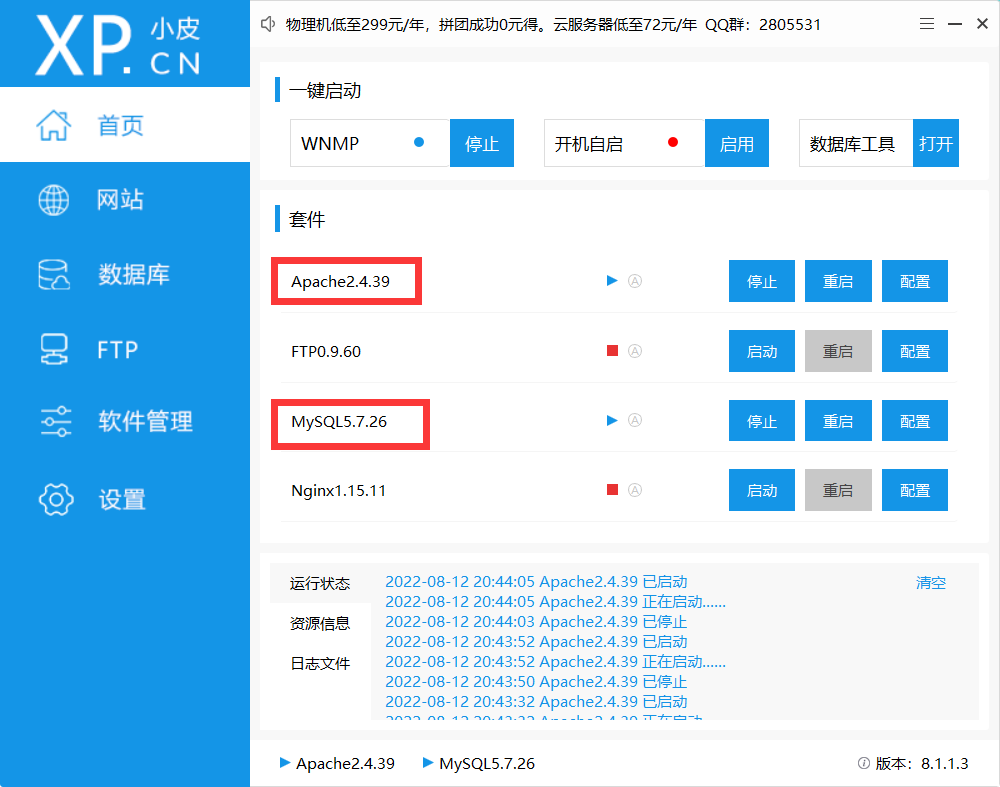运维安全2.2—暴力破解的绕过和防范(验证码&token)实验

阿dai学长
发布于 2019-09-28 15:24:40
发布于 2019-09-28 15:24:40
代码可运行
运行总次数:0
代码可运行
概述
- 暴力破解只不安全的验证码分享
- on client
- on server
- Token可以防暴力破解吗?
- 暴力破解常见的防范措施
验证码认证流程

验证码绕过实验
On client(client端)
场景展示:

请求分析:
POST /pikachu/vul/burteforce/bf_client.php HTTP/1.1
Host: 127.0.0.1
User-Agent: Mozilla/5.0 (Windows NT 6.1; Win64; x64; rv:69.0) Gecko/20100101 Firefox/69.0
Accept: text/html,application/xhtml+xml,application/xml;q=0.9,*/*;q=0.8
Accept-Language: zh-CN,zh;q=0.8,zh-TW;q=0.7,zh-HK;q=0.5,en-US;q=0.3,en;q=0.2
Accept-Encoding: gzip, deflate
Content-Type: application/x-www-form-urlencoded
Content-Length: 49
Connection: close
Referer: http://127.0.0.1/pikachu/vul/burteforce/bf_client.php
Cookie: PHPSESSID=pdlm34mt5smvnjc3jca054otl0
Upgrade-Insecure-Requests: 1
username=ad&password=add&vcode=1WTL0&submit=Login检查请求页面的源码:右击——查看页面源码

即,在前端用javascript实现的验证码。
将请求发送到Burpsuite 的 repeater模块:

repeater模块能复现请求,修改vcode后发送请求:

分析response信息:

由上图发现,在没有输入验证码的时候,直接返回的是"username or password is not exists~",说明提交的验证码并没有在后台做验证!
讲该请求发送到intruder模块,因为验证码并未进行校验,所以可以直接跳过验证码进行爆破,方法和2.1节一样,爆破结果如下:

不安全的验证码—On client常见问题
- 使用前端js实现验证码(纸老虎);
- 将验证码在cookies中泄露,容易被获取;
- 将验证码在前段源码中泄露,容易被获取。
On server(server端)
场景展示:用正确的用户名和密码,错误的验证码登陆

然后用正确的验证码和错误的用户名密码登陆,进行请求分析:
POST /pikachu/vul/burteforce/bf_server.php HTTP/1.1
Host: 127.0.0.1
User-Agent: Mozilla/5.0 (Windows NT 6.1; Win64; x64; rv:69.0) Gecko/20100101 Firefox/69.0
Accept: text/html,application/xhtml+xml,application/xml;q=0.9,*/*;q=0.8
Accept-Language: zh-CN,zh;q=0.8,zh-TW;q=0.7,zh-HK;q=0.5,en-US;q=0.3,en;q=0.2
Accept-Encoding: gzip, deflate
Content-Type: application/x-www-form-urlencoded
Content-Length: 53
Connection: close
Referer: http://127.0.0.1/pikachu/vul/burteforce/bf_server.php
Cookie: PHPSESSID=pdlm34mt5smvnjc3jca054otl0
Upgrade-Insecure-Requests: 1
username=1111&password=2222&vcode=tkcgz7&submit=Login将请求发送到repeater模块;
不提交验证码或输入错误验证码,看返回结果:

由此说明,后台对验证码做了校验;
检查验证码会不会过期,生成一个新的验证码,进行多次请求,看返回结果:

用同一个验证码请求多次,返回结果均为上图信息,说明验证码没有做过期处理,即验证码可以重复利用。
再次用2.1节中的方法进行破解,便可以爆破成功!
源码分析

未对验证码设置过期时间!
不安全的验证码—On server常见问题
- 验证码在后台不过期,导致可以长期被使用;
- 验证码校验不严格,逻辑出现问题;
- 验证码设计的太过简单和有规律,容易被猜测。
防范措施
- 设计安全的验证码(安全的流程+复杂而又可用的图形);
- 风控规则:对认证错误的提交进行计数并给出限制,比如连续5次密码错误,锁定2小时;
- 必要的情况下,使用双因素认证。
Token对防暴力破解的意义
一个简单的token示例:

一般做法:
- 将token以"type= 'hidden'" 的形式输出在表单中
- 在提交认证的时候一起提交,并在后台对其进行校验
但是, 由于其token值输出在前端源码中,容易被获取,因此也就失去了防暴的意义。
一般Token在防止CSRF上会有比较好的功效。
(adsbygoogle = window.adsbygoogle || []).push({});本文参与 腾讯云自媒体同步曝光计划,分享自作者个人站点/博客。
如有侵权请联系 cloudcommunity@tencent.com 删除
评论
登录后参与评论
暂无评论
推荐阅读
相关推荐
暴力破解之Token绕过
更多 >目录
















